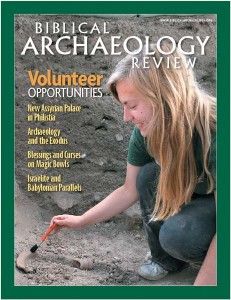
James H. Charlesworth is the George L. Collord Professor of New Testament Languages and Literatures at Princeton Theological Seminary and director of the Dead Sea Scrolls Project. The following is an excerpt from his recent book, Jesus and Archaeology (Grand Rapids: Eerdmans, 2006):
While Jesus lived in an apocalyptic world charged with cosmic spirits, he used earthly images that shaped his creative thoughts. Many of these images can be more accurately imagined two thousand years later, since we can hold or see first-century realia, like stone vessels, lamps and “flasks” (actually oil fillers), walled vineyards with towers, coins (even the widow’s mite), and swords, that shaped his pictorially rich teachings and parables ...
While a consensus in historical research may always remain elusive, we New Testament scholars seem to agree that a paradigm shift has occurred in the study of the historical Jesus. Few of us now wish to ignore what is being learned archaeologically about life in Galilee and Judea during the time of Jesus. But it is not yet clear what has been learned from archaeological excavations of sites known from the New Testament records and how such information helps us re-create the world of Jesus’ time and his own life and message ...
Already a library member? Log in here.
Institution user? Log in with your IP address.

